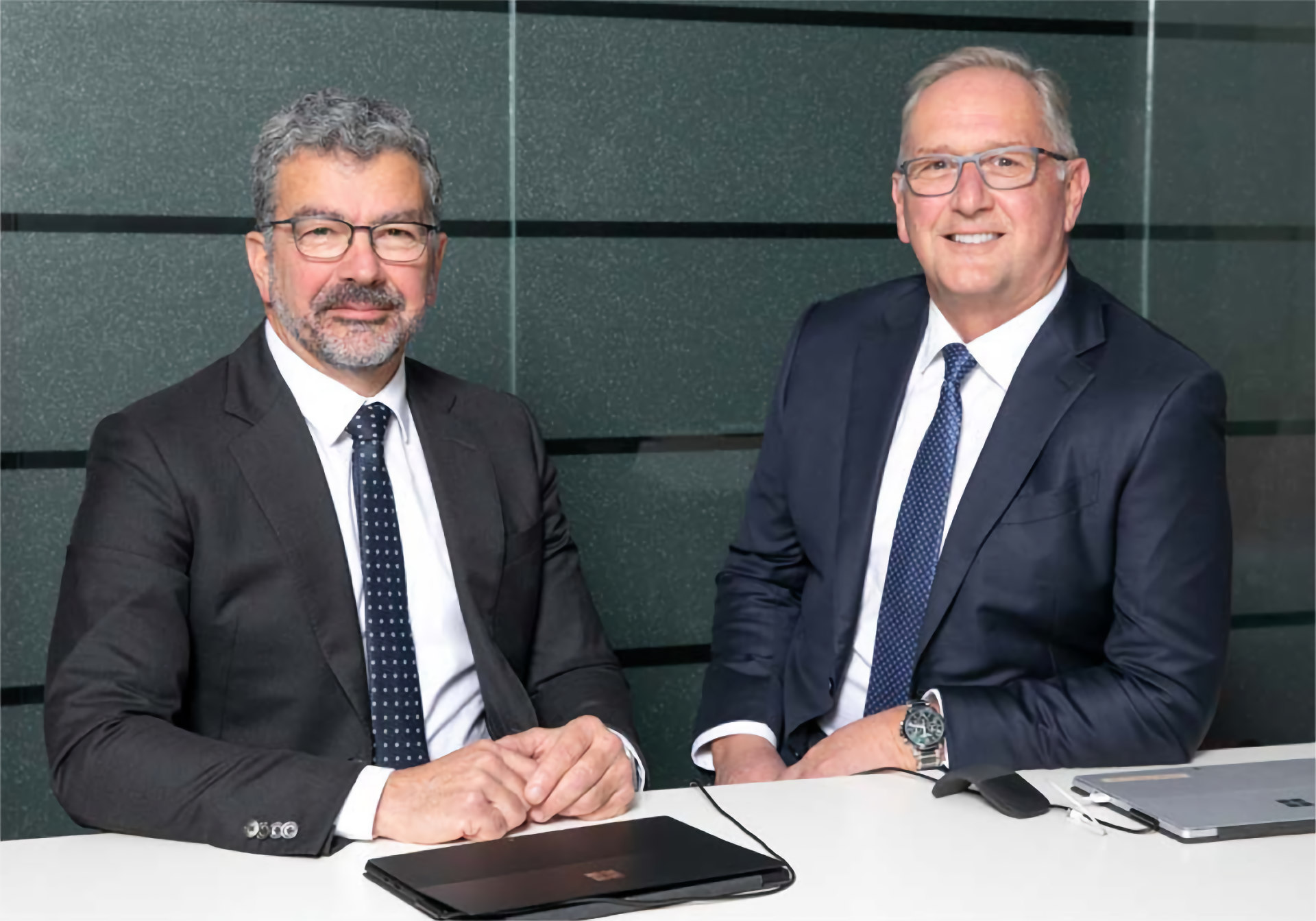AMA has used its AGM to defend paying $841,000 in short-term bonuses to executives while taking taxpayer pandemic subsidies of almost $30.7 million from Australia’s JobKeeper and New Zealand’s Wage Subsidy programmes.
The payments, which include $165,000 to Carl Bizon, who moved from non-executive board member to CEO and Executive Director in February 2021, were made despite the group posting a $99.1 million statutory loss for the year. The loss included a $90.6 million non‑cash impairment of goodwill related to the Capital S.M.A.R.T acquisition.
Questioned by activist shareholder Stephen Mayne as to why the bonuses were paid despite poor returns, Nicole Cook, Chair of the Group’s Remuneration Committee and AMA Director, said the company wanted to make sure “we were able to remunerate them for the year that they have had and the performance that they were able to deliver during that period of time”, adding that “we were able to retain the executive team”.
The explanation didn’t satisfy a small number of shareholders, with almost 8.8 per cent of votes cast against the remuneration report.
Chairman Anthony Day said that following an extensive review process, AMA made changes to the company’s 2022 financial year long-term incentives to “enhance the alignment between executive remuneration and the shareholder experience during a period of uncertainty for the group”.
Regarding board positions, Director Simon Moore, who is a senior partner of a private equity group that previously received $3.15 million in AMA fees, had 9.42 per cent of the vote go against his re-election. Resolutions to elect Kyle Loades and Paul Ruiz as directors were also carried while investor and long-time smash repairer Peter Taylor achieved only a 3.64 per cent vote in his long-shot attempt to get a seat on the board. Taylor claimed his nomination was to highlight a lack of smash repair knowledge on the board.
In his CEO address to the AGM, Bizon painted an optimistic picture for the company, saying unused shop capacity was dropping as states began opening up.
“In early November we had 15 shops hibernated and 121 staff temporarily stood down,” said Bizon. “Weekly national averages for Drive and Non-Drive [divisions] showed approximately 37 per cent and 16 per cent unutilised booking capacity, on a normalised basis, respectively.”
“In New South Wales, Drive and Non-Drive show approximately 40 per cent and 45 per cent in unutilised capacity, respectively. In Victoria, Drive and Non-Drive show approximately 52 per cent and 26 per cent in unutilised capacity, respectively. Apple mobility data indicates that Melbourne is at almost 90 per cent and Sydney just over 100 per cent of their pre-COVID mobility rates in recent days.
“We have seen in the past that kilometres driven is correlated with repair volumes, so we expect to see our repair volumes build in the near term.”
According to Bizon, the first half of the 2022 financial year is likely to remain challenging for the company as restrictions continue to ease and volumes return over time.

